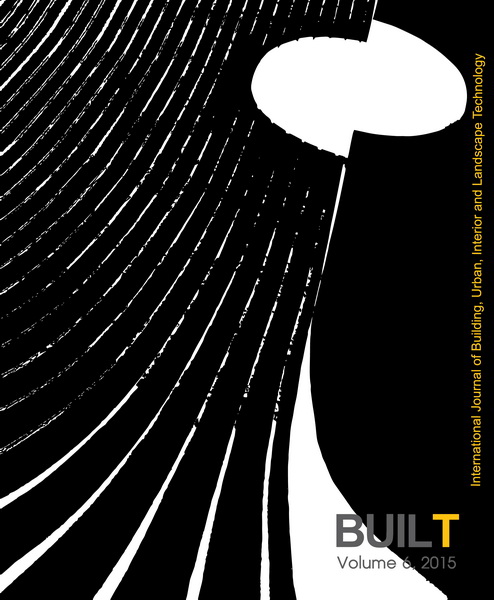Ontology of Construction: On Nihilism of Technology in Theories of Modern Architecture
Keywords:
Construction, Modern ArchitectureAbstract
The widely reported controversial development of Tokyo 2020 Olympics stadium is a good example of discrepancy among the four critical areas in architecture identified by Horayangkura (2016), namely form, function, economy and technology that eventually failed to bring architectural design to life. The original design won by the award winning architect Zaha Hadid in 2012 was scaled back and eventually replaced by the more budget friendly version by the equally prestigious architect Kengo Kuma. Reasons given by Japan government as the project owner were the inevitably escalating cost to build the exceptional design using the unconventional construction technology.
Downloads
References
Horayangkura, V. (2016, February 5). Speech at the closing ceremony. Paper presented at the seminar titled “Towards Updating Academic Development amid Global Challenges in the 21th Century” organized with the Architect Council of Thailand, Bangkok, Thailand.
Winston, A. (2015, December 22). Kengo Kuma beats Toyo Ito to win Japan National Stadium competition. Retrieved from http://www.dezeen.com/2015/12/22/kengo-kuma-beats-toyo-ito-to-win-japan-national-stadium-competition-tokyo-2020-olympics/
Downloads
Published
How to Cite
Issue
Section
License

This work is licensed under a Creative Commons Attribution-NonCommercial-NoDerivatives 4.0 International License.












